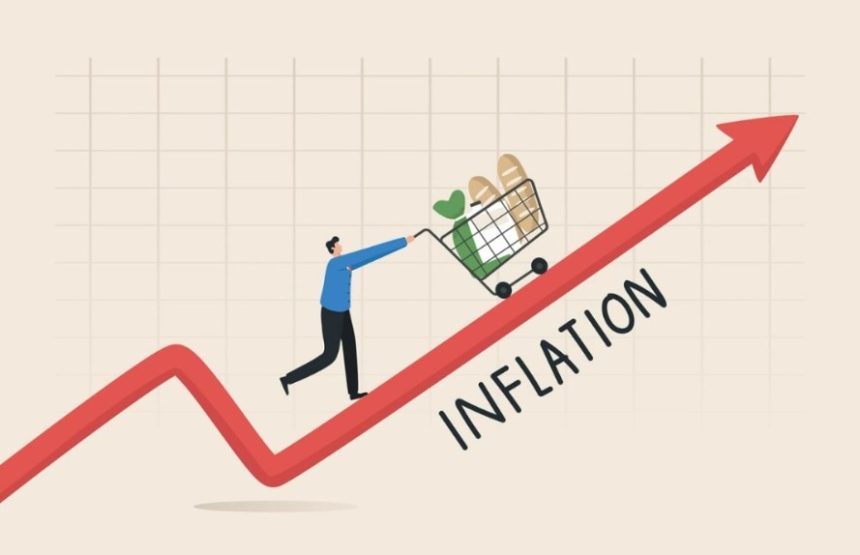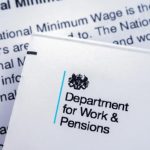Inflation Rate Hits 3.8%: What Rising Prices Mean for UK Households
The cost-of-living squeeze has tightened once again. Fresh figures from the Office for National Statistics (ONS) confirm that UK inflation rose to 3.8% in July – the highest level since the start of 2024.
That’s up from 3.6% in June and slightly higher than the 3.7% predicted by economists. So, what’s driving this surge, and what does it really mean for families across the country?
What Exactly Is Inflation?
Put simply, inflation is the rate at which prices rise. When the inflation rate is 3.8%, as it was in July, an item that cost £100 last year now costs £103.80.
The faster the percentage climbs, the quicker everyday essentials feel more expensive.
Why Did Inflation Go Up in July?
According to the ONS, travel was the main culprit. Air fares jumped a staggering 30.2% between June and July – the sharpest increase since records began in 2001. The school holidays are the likely reason, pushing families into paying premium prices for peak-season flights.
Fuel costs also played their part. Petrol and diesel both became more expensive over the month, adding to motorists’ woes.
And it didn’t stop there. Shoppers noticed steeper prices in the supermarket aisles, particularly on coffee, chocolate, meat and juice.
Overall food and drink inflation hit 4.9% in July, up from 4.5% in June, the fourth month in a row that grocery bills rose faster. As reported earlier, rising travel and food costs are continuing to push inflation higher.
Will Prices Keep Rising?
Economists expect inflation to climb again, peaking at around 4% in September before beginning to cool. That’s still twice the Bank of England’s target of 2%.
Philip Shaw, economist at Investec, said: “Beyond this, though, inflation looks set to decline. The imposition of VAT on private school fees will drop out of the calculation in January, while the same will happen to a hefty jump in water charges in April.
Further ahead, we remain of the view that a loosening in conditions in the labour market, in particular easing pay growth, will result in lower services inflation throughout 2026.
Hitting the 2% inflation target may be out of reach next year, but should be within sight in 2027.”
What About Interest Rates?
The Bank of England faces a tough balancing act. Service sector inflation – a key measure for the Bank – rose to 5% in July from 4.7% in June. That’s a concern.
However, wage growth appears to be slowing, which could eventually curb consumer spending power.
James Smith, economist at ING, said he believes it’s “still more likely than not” that the Bank will cut interest rates in November, with more reductions expected in 2026.
But not everyone agrees. Elliott Jordan-Doak of Pantheon Macroeconomics argued that above-target inflation will keep pressure on the Bank, potentially “forcing” policymakers to hold rates steady for the rest of 2025.
What It Means for Households?
For families, the message is clear: higher prices are lingering. Travel, food, and fuel are all hitting budgets. While relief could be on the horizon, it won’t be immediate.
The inflation rate has become a defining factor in everyday life, whether you’re booking a summer holiday, filling up the car, or shopping for groceries. And with the Bank of England weighing up when, or if, to cut interest rates, households will be watching closely.






